“Alan, Your may not walk normally ever again. “
“No hope?’
“Hope remains. I have seen clients triumph but it takes a lot of determination
“I am 85 years old… is that a factor.”
“Maybe…maybe not…depends upon your determination Alan”
EPISODE 1055 ANDREW TARNOWSKI — A STEP AT A TIME
alan skeoch
may 9, 2034
Today I managed to dress myself including my socks. The last time I did that was December 12, 2023.
Socks remained the final frontier. I had lots of complications. And I also had Several
caregivers but Marjorie was preeminent. Not an easy thing caregiving.
Our hospital, Trillium of Mississauga, sent word to the VHA that I was being released and would need help.
“VHA Home HealthCare (VHA) is a not-for-profit charitable organization that offers 24/7 health care and support services to people of all ages and cultural backgrounds. Founded in 1925 as the Visiting Homemakers Association, VHA’s goal is to provide clients with spectacular service when, where and how they want it to support their independence.” VHA
HERE IS WHAT HAPPENED THE DAY AFTER MY RELEASE
1) A lady arrived to help Marjorie with anything…diishes, getting dressed, making a bed
she arrived early with words “what can I do?”
2) A nurse arrived to take my blood pressure and, I assume, to take a look at
the living conditions. Our house had been rearranged totally.
3) George arrived tp give me a shower. Both of us jammed into our shower stalll where he undressed
me , turned on the shower after he stepped out then rubbed me down showing me how to
put underwear and pants on at the same time Over the top care on my first dayl
4) Andrew Tarnowski arrived to supervise my exercises and put me on track to a systemtic
steady recovery. I cannot say enough about Andrew TARNOWSKI. Very professional. No hurdle missed.
Close attention to detail. My fear of falling again was forgotten. He knew every muscle in
my body and patiently stretched some muscles to the pain threshold. My self confidence
returned in stages. “You are not ready for a cane yet Alan…you need a good walker
and will do so for some time. Do not rush things.”
Andrew came every day for two weeks. He demonstrated each new step as if he was
instructing a ballet dancer. I began to hold my head up as my pacing became automatic.

ANDREW TARNOWSKI
Our dialofgue went something like this when we first met Andrew is a physical therarpist who was
assigned to my case the’VHA charity. I had never heard of the VHA —
but I sure learned a lot about it from Andrew .
NOTE: there are two Andrews in this story. Our youngest son, Andrew and my physiolotherapist
“Take a step or two,, Alan“
“I can’t….need (our son) Andrew to hold me up;”
“Sorry …cannot do it.”{ hobble)
“That’s OK, do not try anymore Now I know what has to be done.”
(Andrew concluded my case would be difficult. Physical therapy works best
closest to the operation. My knee operation was Dec. 2023. I met Andrew
early in April 2024…five months later. Why so late? Many reasons latest of which
was falling five times in one week. I would be a tough case for Andrew.)
Any hope?”
“Some ,I suppose. Depends on your determination.
“first let’s take a look at the house. Seniors often resist the changes thst are
necessayl’”
alan skeoch
may 9, 2034
Today I managed to dress myself including my socks. The last time I did that was December 12, 2023.
Socks remained the final frontier. I had lots of complications. And I also had caregivesr. but Marjorie was preeminent. Not an easy thing caregivig .
HERE IS WHAT HAPPENED THE DAY AFTER MY REEASE
1) A lady arrived to help Marjorie with anything…diishesk getting dressed, making a bell
she arrived early with words “what can I do?”
2) A nurse arrived to take my blood pressure and, I assume, to take a look at
the living conditions. Ourhouse had been rearranged totally.
3) George arrived tp give me a shower. Both of us jammed into our sower still were he undressed
me , turned on the shower after he steppe out then rubbed me down showing me how to
put underwear an pjs on st the same time Over the top care on thst first dsyl
4) Andrew Tarnowski arrived to supervise my exercises and put me on track to a systemtic
steady recovery. I cannot say enough about Andrew. Very professional. No hurdle missed.
Close attention to detail. My fear of falling again was forgotten. He knew every muscle in
my body and patiently stretched some muscles to the pain threshold. My self confidence
returned in stages. “You are not ready for a cane yet Alan…you need a good walker
and will do so for some time. Do not rush things.”
Andrew came every day for two weeks. He demonstrated each new step as if he was
instructing a ballet dancer. I began to hold my head up as my pacing became automatic.
“Clear some the clutter, push the dining room into a pile ,install a hand rail from
first to second floor, instal hand three hand rails in the shower room…forget about ever having
a bath in thte uspstairs tub, iinstal two hand rails on house exterior. Move a bed into
the living room. Make sure we can push the walker in a circle in the house.’
Then began the exercises. All focused on my new knee. Bending exercises that were initially
painful. Andrew came each day forjrmore the two weeks. On the third or fourth day he surprised
me.
“Put on a warm coat. We are gping for a walk.”
I did not expect that until the end of Andrew’s visits. His goal, however, was to get me out on
the street as fast as possible.
“Take a rest whenever you want. Short walk to first Stop sign. Maybe longer walks later.
Must get you out of the house.”
“Am I ready?
”. See if we can improve each day.”
That is the way Andrew worked. A step at a time. But make
sure the steps are taken Scuffling steps with the walker at first..then no more scuffling
lifting feet. Then short steps became bolder steps. Then I began looking ahead
letting my steps became normal.
Evey time I hesitated Andrew had me pause. He would demonstrate like a ballet instructor,…a rubber man who could mimic my hobbles and then show me the way. Nice. One of his
steps was as smooth as a gazelle jumping across an African landscape. He did this
without being a taskmaster. :He made me want to improve…I looked forward to
his daily visits.
“Do you think a cane will be possible Andrew?’’
“Let’s give it a try…two canes first. Like this. Sartt here in the kitchen and do same
circle you did with the walker.”
“Not wobbly. Feel confident.”
“Do the double canes in the house. Not out on the street yet.:’
“Andrew, each day you come i seem to be making incremental steps. Step at a time.
Heading for real walking. But I know I am not there yet.”
MUSUC
While I lay in my hospital bed at Trillium there was music softly playing al the time.
Barely decipherable words. “I’m on my way” Some years ago it
was the featured gospel song in the film Elmer Gantry sung by Burt Lancaster. The song
was best done by Mahalia Jacksonl It is a wonderful
song.
“I’m on my way”
“I’m on my way…on my way…on my way.”
(chorus by many voices)
“He’s on his way.”
“He’s on his way””
“I’M on my way to Canen
On my way to the promised Land
On my way Home.”
“He’s on his way…on his way Home”
There are many choristers who have heiped me.. prominent among them is Andrew
but many others. Marjorie Stands highest among my heroes as does Our son Andrew. They have lifted me up. LIKE Maria, Eva and Susan at Queensway
Rehab centre who worked hard to straighten my leg. And Doctor Paige and
Doctor Grant at Trillium Hospital who tried to fathom why I had fallen.
And the Emergency wards at Toronto Western and Trlilium hospitals who
tried to find a diagnosis that made sense.
Some chorus.
“I’m on my way.”
“He’s on his way.”
‘ON MY WAY HOME
alan skeoch
May 12,2024
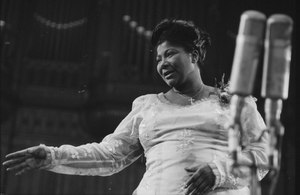
Mahalia Jackson
It was spring time…and I was mobile.
Notice the canes…also notice the new handle/bar on the wall


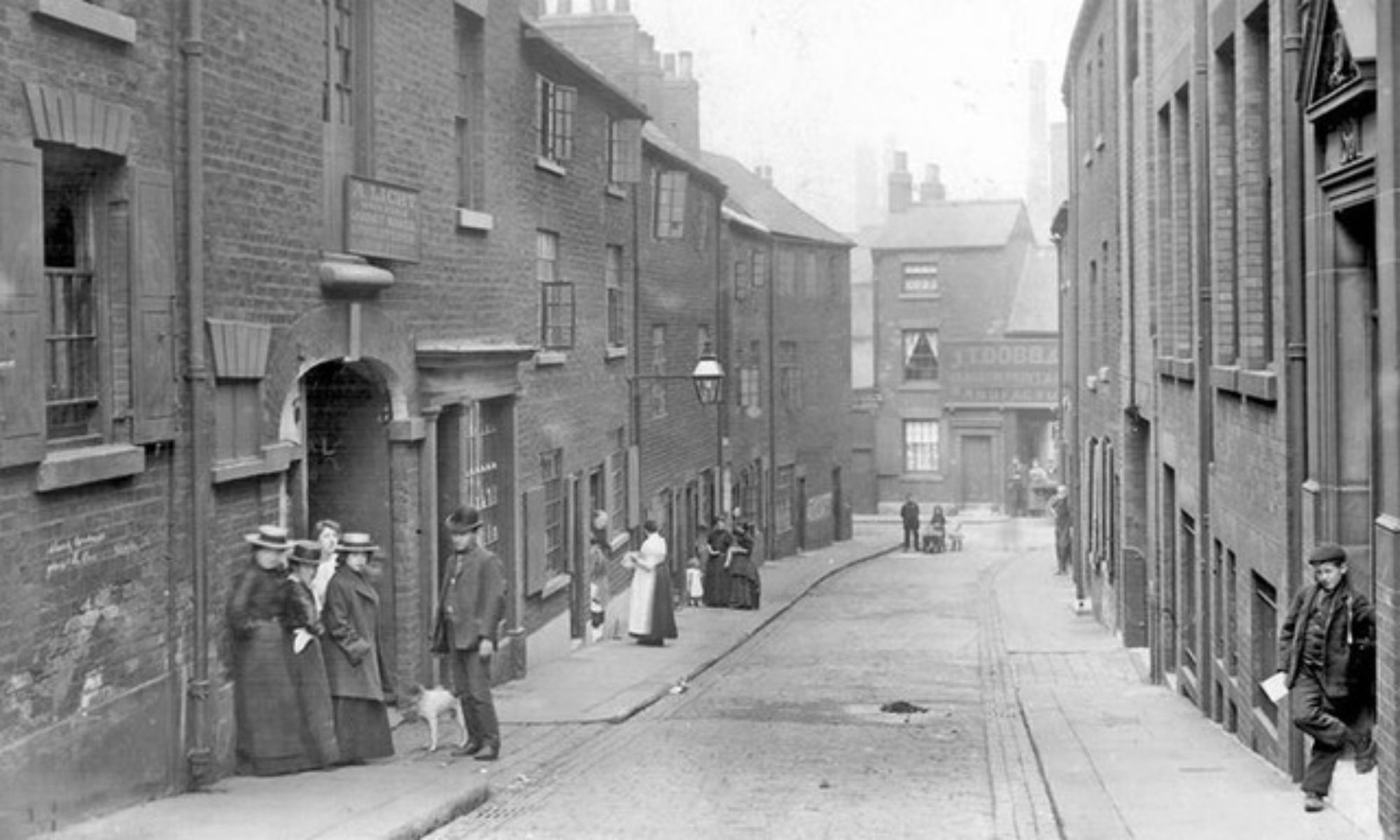




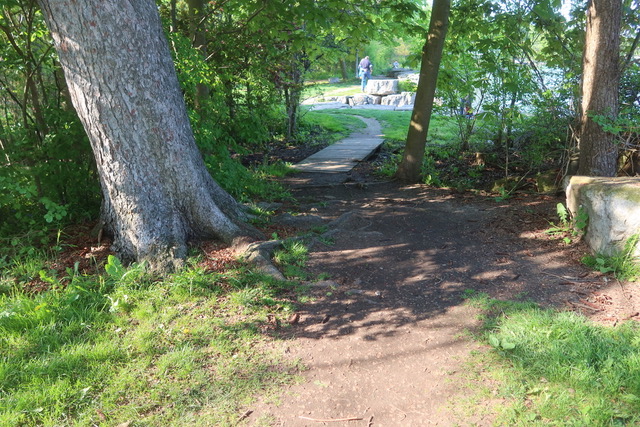
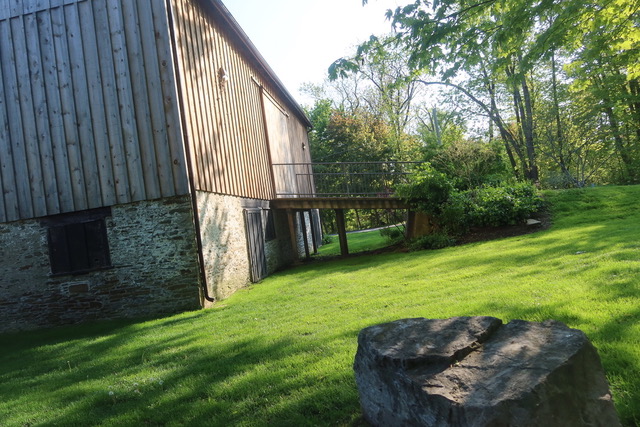



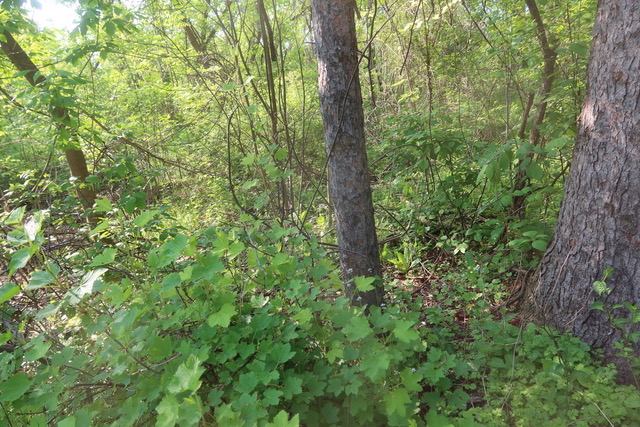

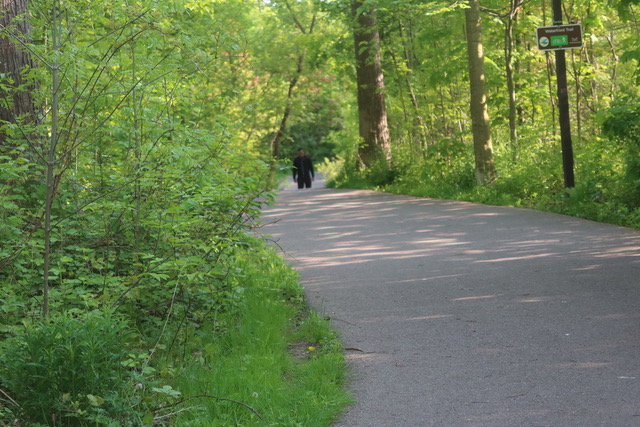







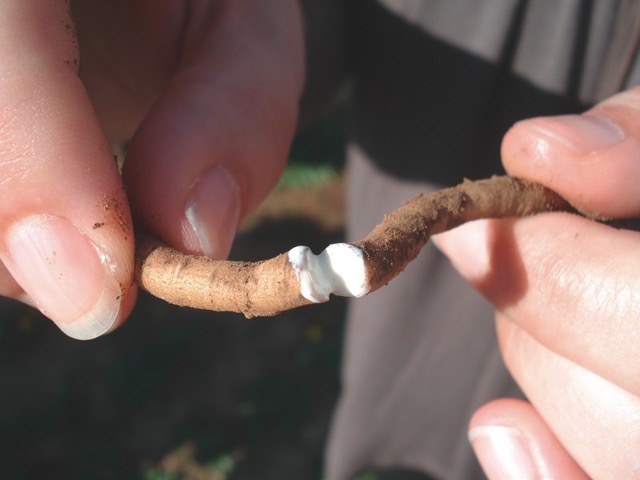



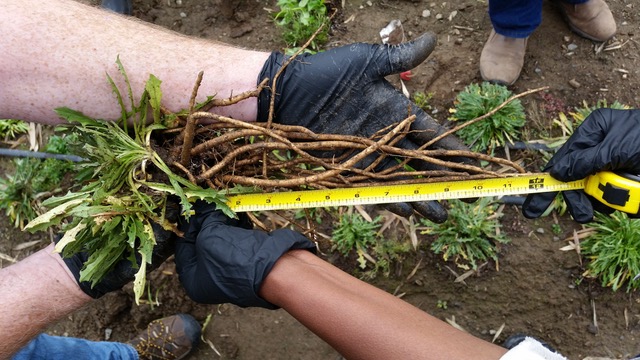



 2024
2024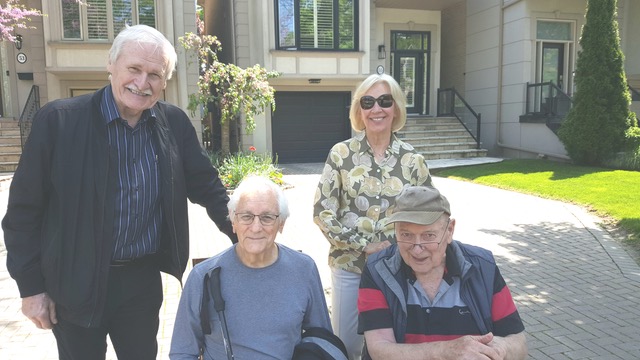


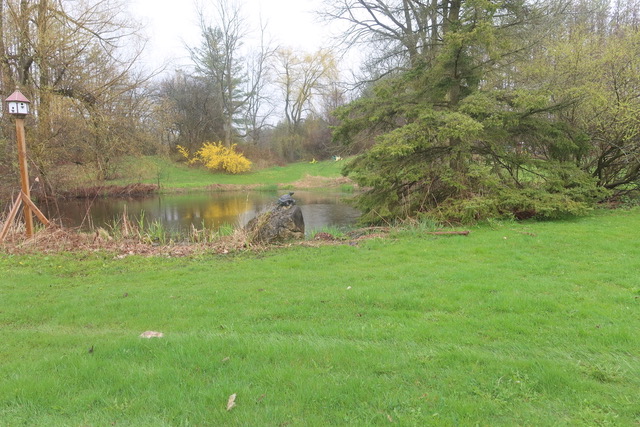






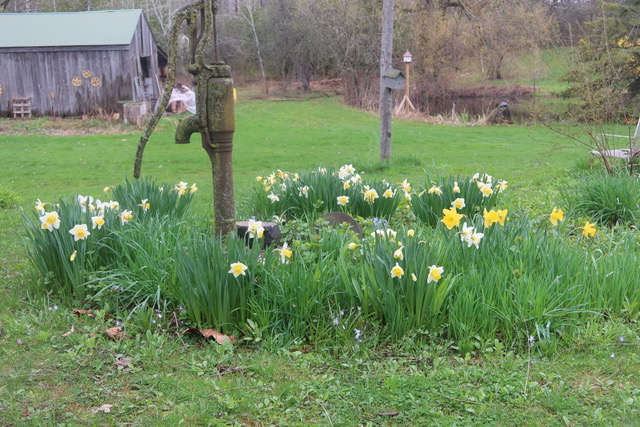








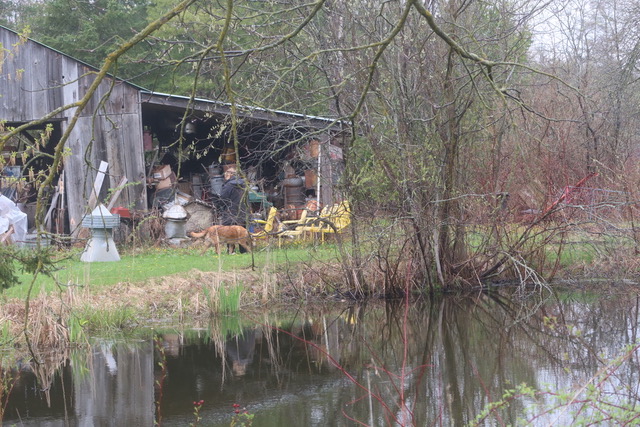


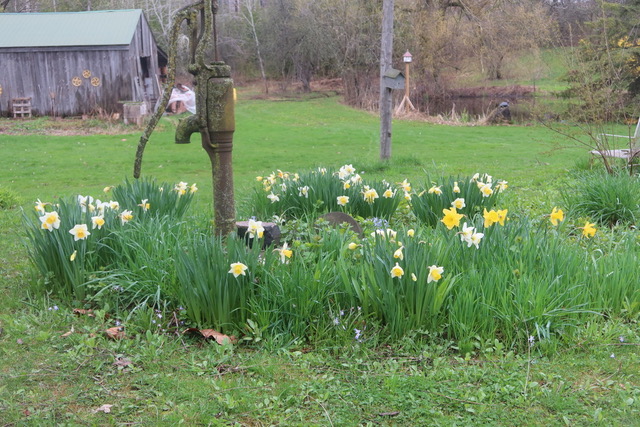








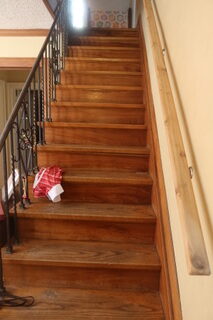



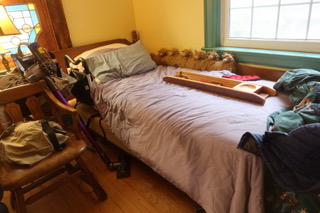

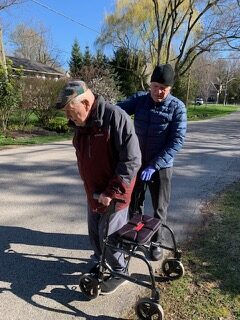

















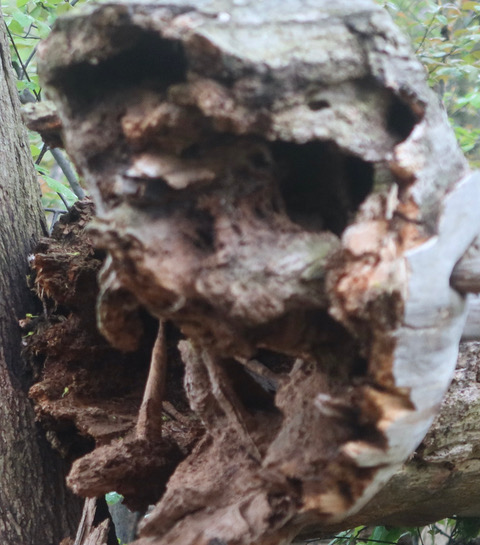
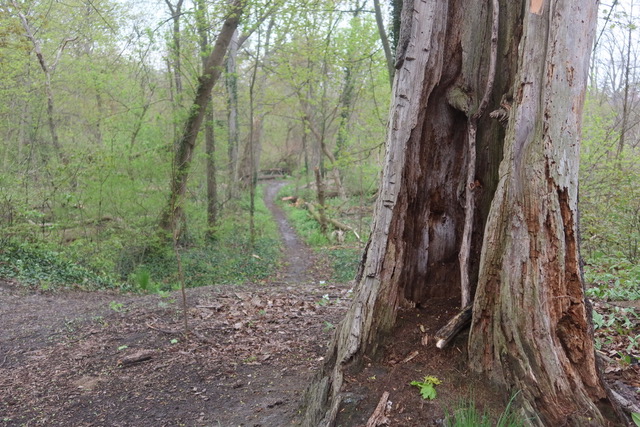



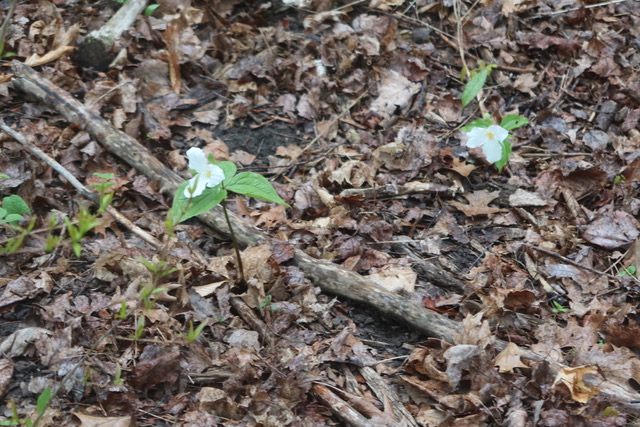

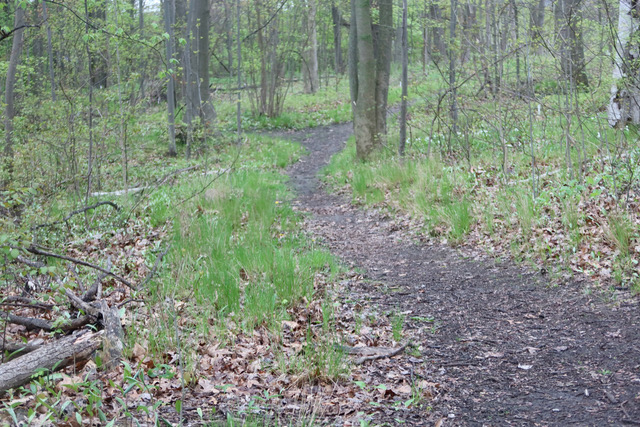



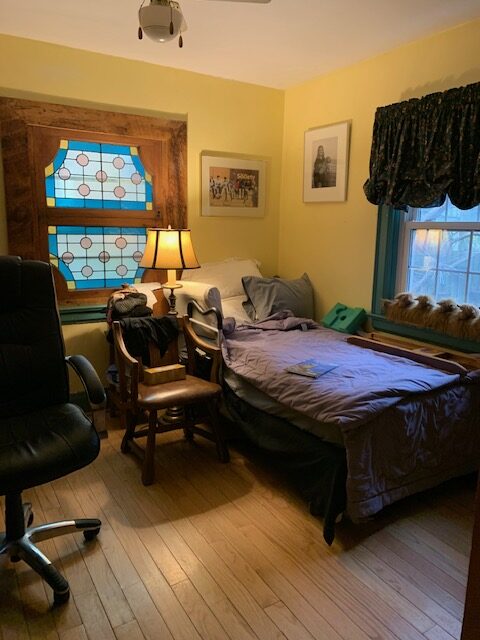

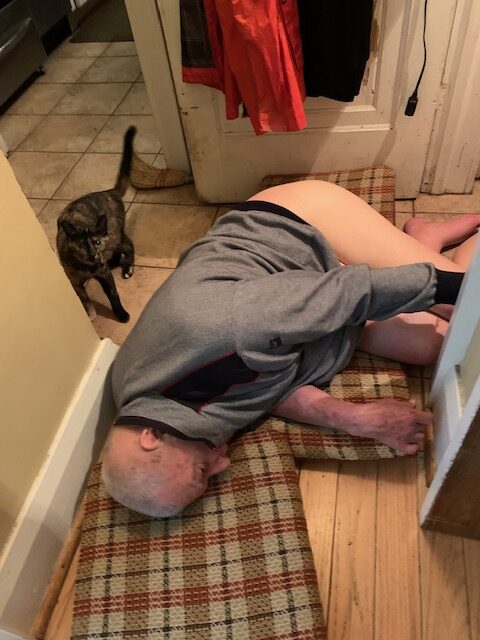

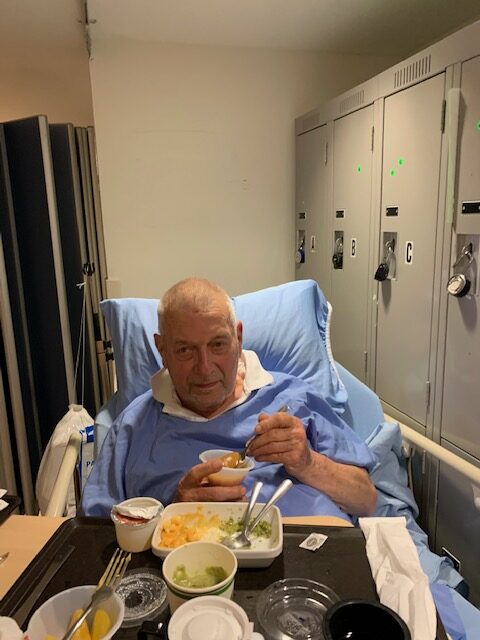
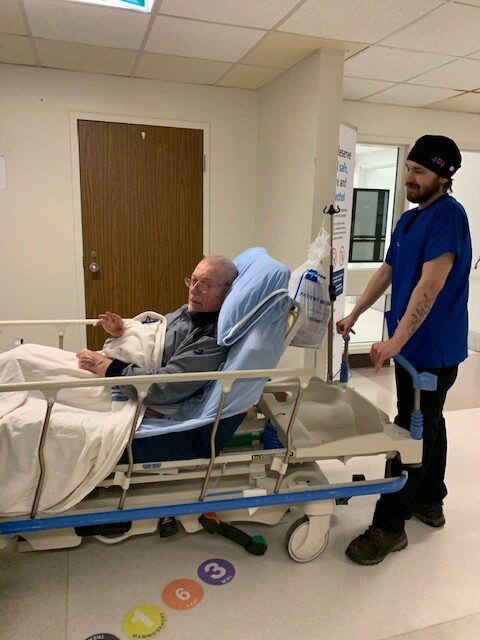
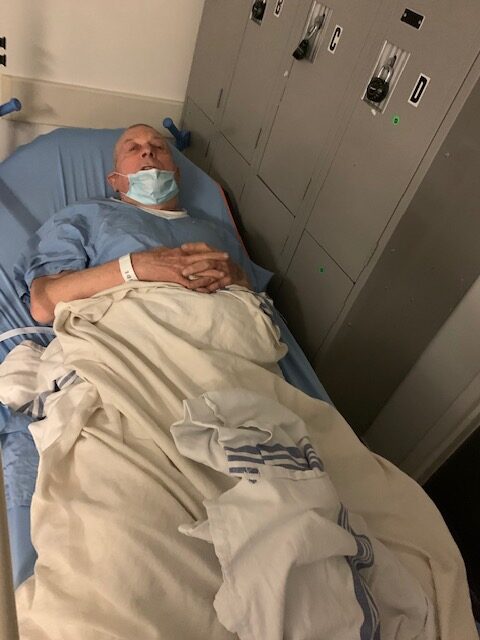
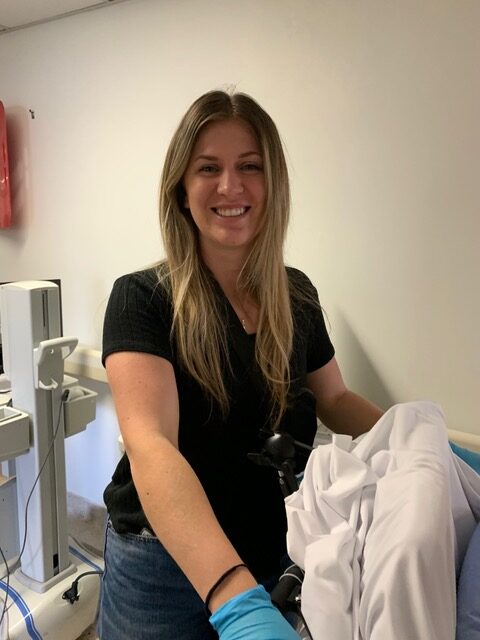 \\
\\